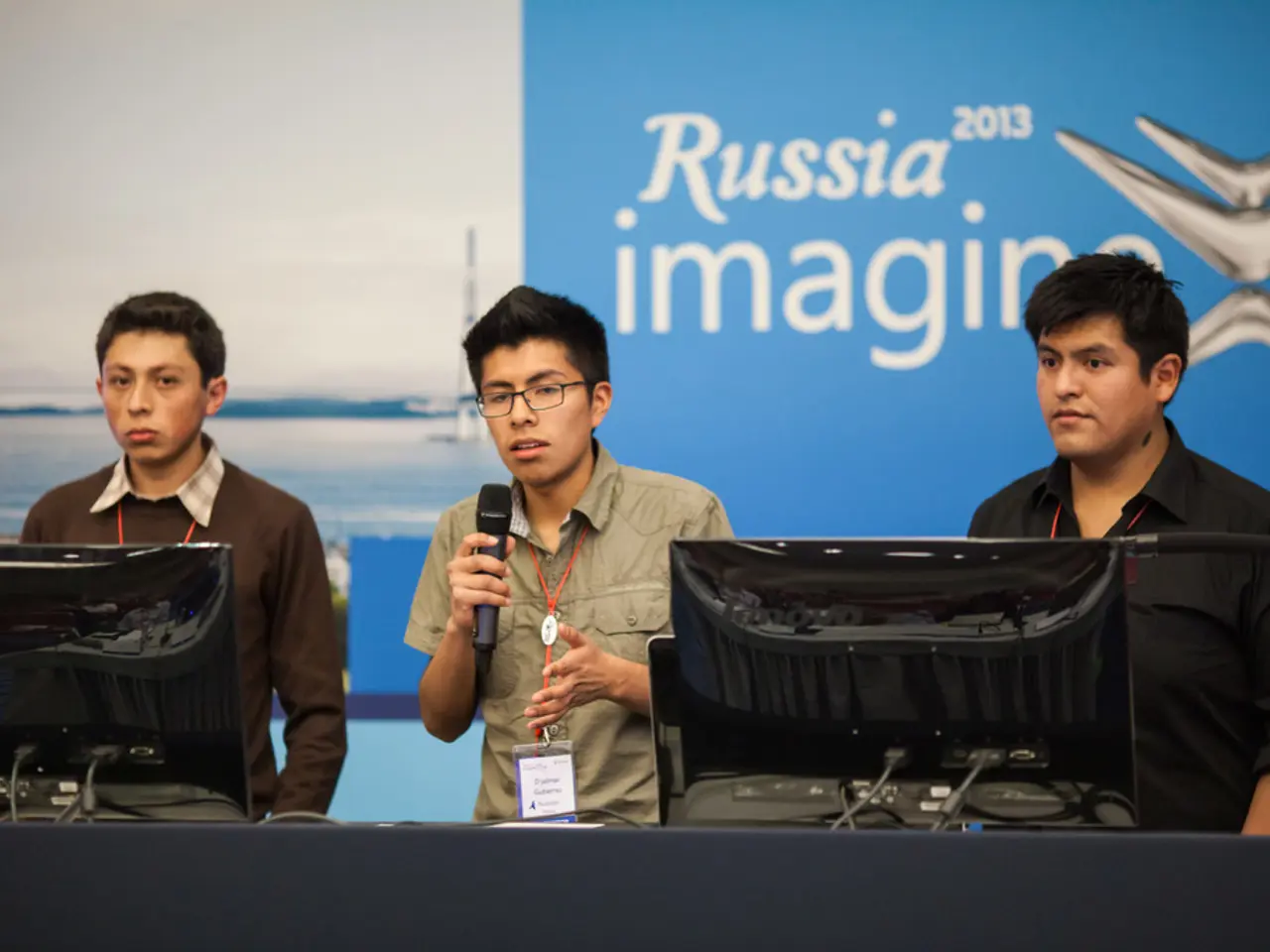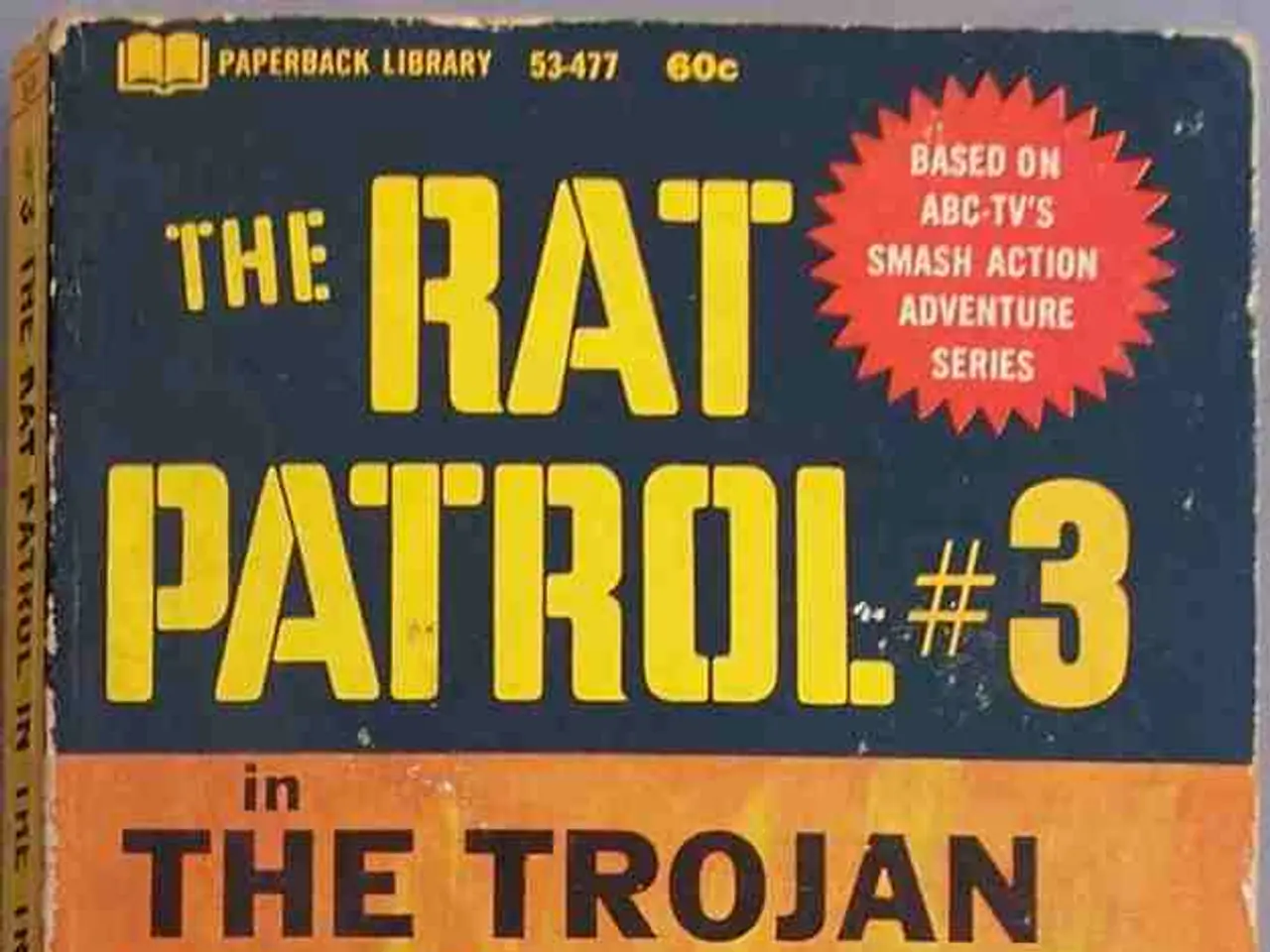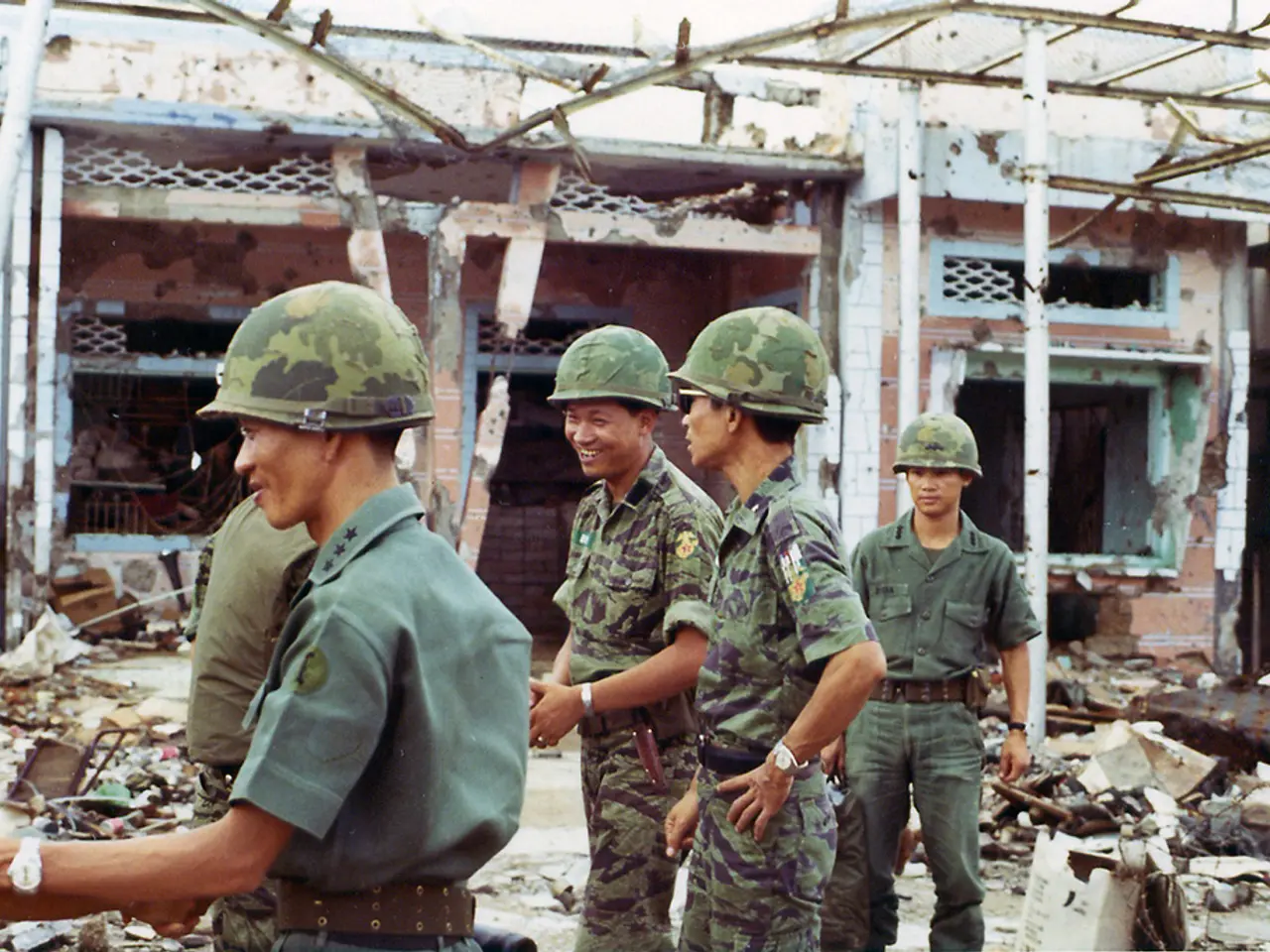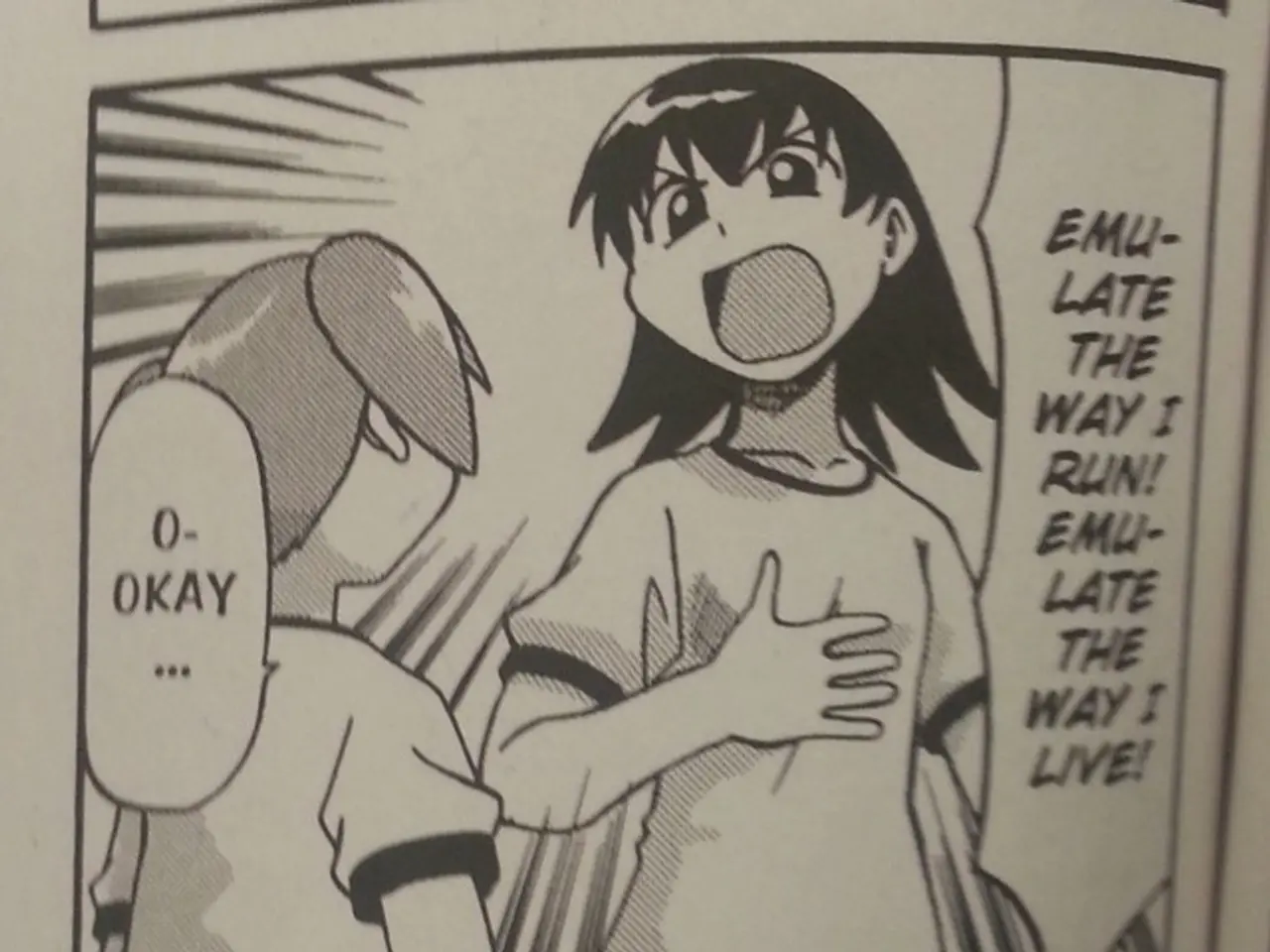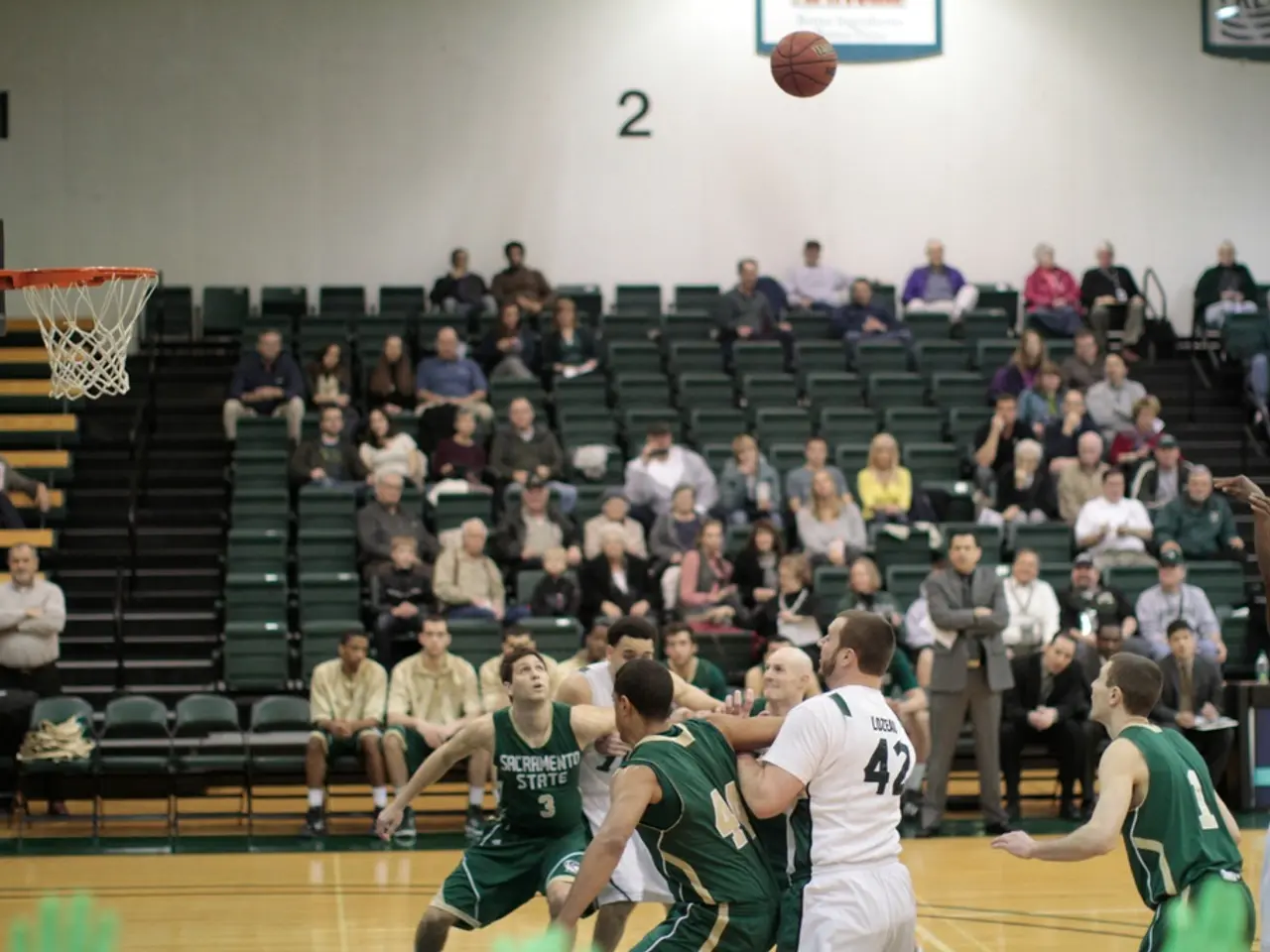Latest Maps of the 2024 Ukraine Conflict
In the midst of an active war that has persisted since mid-August 2025, Russian forces are preparing for new offensives while Ukrainian forces continue counterattacks to slow Russian advances and regain territory[1][2].
Recent developments and regional impacts:
- Donetsk Oblast: Russian forces have made advances in western Donetsk, with intentions to push westward into Dnipropetrovsk and Zaporizhzhia oblasts. Russia demands Ukrainian withdrawal from Donetsk as part of potential ceasefire talks, but Ukraine rejects this given continued Russian military preparations[1][2].
- Zaporizhzhia Oblast: Fighting continues with intense Russian offensives. Ukrainians have made some advances near Novopavlivka and in western Zaporizhzhia. Russia has not yet secured full control, with about 26% of Zaporizhzhia Oblast still contested. Russian forces are attempting to consolidate frontlines with increased artillery and air strikes, particularly in the Siversk direction nearby[2][4].
- Dnipropetrovsk Oblast: Russian advances near Pokrovske point to attempts to seize territory and press towards Zaporizhzhia city. Ukrainian counterattacks aim to slow these advances and inflict significant casualties[2].
- Kursk Region (Russia): Ukraine held a small foothold (about 4 square miles) within the Kursk and Belgorod border regions, but this area has recently contracted from about 5 square miles, indicating Russian counteractions to reduce Ukrainian incursions into its territory[3].
Overall, the conflict features ongoing intense fighting with neither side achieving decisive breakthroughs. Russia is reinforcing and repositioning troops for further military operations, while Ukraine relies on Western military aid to defend key areas and launch counteroffensives[1][2][4].
Notable incidents:
- On December 6, a Russian attack in southeastern Ukraine left at least nine dead and around 20 injured in the regions of Zaporizhzhia and Dnipropetrovsk[1].
- On December 13, Russia launched 93 missiles and nearly 200 drones in a new attack on Ukraine's energy sector[6].
- On December 20, several simultaneous explosions occurred in Kiev, claimed by the Ukrainian Air Force to be at least five ballistic missiles and Kinzhal, provided by North Korea[7].
The war continues to heavily impact civilian infrastructure and occupation governance, with Russia involving local youth brigades for repair work in occupied areas[5]. Among the targets of this attack were several energy and other infrastructure facilities in western Ukraine, including Lviv, Ternopil, and Ivano-Frankivsk[8].
Russian Ministry of Defense stated that this attack was a response to Ukraine's launch this week of long-range American ATACMS missiles against an airport in the south of the country[9]. Russian air defenses have shot down 13 Ukrainian drones in various regions, including Bryansk, Kursk, Belgorod, Tula, and Astrakhan[10].
The Institute for the Study of War reports advances by Kremlin forces in the Donetsk province, specifically in Kurakhove and other towns targeted since the start of the conflict[11]. It also reports that Russian troops may have seized Kurakhove in the Donetsk province after two months of offensives[12].
The methodological debate about assigning entire geographical zones to Russian troop control does not imply the absence of resistance or counterattacks by the Ukrainian armed forces. The Ukrainian troops also advanced in the Donetsk province during September, as reported by the Institute for the Study of War[13].
Russian Foreign Minister Sergei Lavrov has stated that they will use "all means" at their disposal to defend themselves in response to Kiev's missile strikes[14]. The Russian troops have advanced in Donetsk, specifically in the south and center of the region, capturing ten localities in the last week[1][2]. The Russian Ministry of Defense claims to have taken control of two Ukrainian localities: Ivanaivka in Donetsk and Zahryzove in Kharkiv[2].
[1] https://www.bbc.com/news/world-europe-62631496 [2] https://www.reuters.com/world/europe/russia-ukraine-war-ukraine-says-russian-troops-advance-donetsk-kharkiv-2021-12-07/ [3] https://www.reuters.com/world/europe/ukraine-says-russia-has-recovered-territory-from-latest-offensive-2021-10-03/ [4] https://www.bbc.com/news/world-europe-62576299 [5] https://www.reuters.com/world/europe/russia-ukraine-war-ukrainian-official-says-russia-using-local-youth-brigades-repair-2021-11-26/ [6] https://www.reuters.com/world/europe/russia-launches-new-attack-ukraines-energy-sector-ukrainian-president-2021-12-13/ [7] https://www.reuters.com/world/europe/explosions-rock-ukraines-capital-kyiv-ukrainian-air-force-2021-12-20/ [8] https://www.reuters.com/world/europe/russia-ukraine-war-ukraine-says-russian-aircraft-attacks-kill-two-in-donetsk-2021-11-25/ [9] https://www.reuters.com/world/europe/russia-ukraine-war-ukraine-says-russian-troops-advance-donetsk-kharkiv-2021-12-07/ [10] https://www.reuters.com/world/europe/russia-ukraine-war-russian-air-defenses-shoot-down-13-ukrainian-drones-various-regions-2021-12-13/ [11] https://www.understandingwar.org/backgrounder/russian-offensive-alchevsk-ukraine [12] https://www.understandingwar.org/backgrounder/russian-offensive-kurakhove-ukraine [13] https://www.understandingwar.org/backgrounder/ukrainian-counteroffensive-donetsk-ukraine [14] https://www.reuters.com/world/europe/russia-ukraine-war-russian-foreign-minister-says-will-use-all-means-defend-itself-2021-12-07/
- As war-and-conflicts rage in eastern Europe, the tense situation escalates with Russian forces preparing for new offensives in Ukraine, while Ukrainian forces continue counterattacks to slow Russian advances.
- Recent events in Donetsk Oblast signal a western advance by Russian forces, who aim to push further into Dnipropetrovsk and Zaporizhzhia oblasts. Russian forces demand Ukrainian withdrawal from Donetsk, but this demand has been rejected due to continued military preparations.
- In Zaporizhzhia Oblast, fighting remains intense with Russian offensives, despite Ukrainian advances near Novopavlivka and in western Zaporizhzhia. Russia has yet to secure full control, with about 26% of the oblast still contested.
- In Dnipropetrovsk Oblast, Ukrainian counterattacks aim to slow Russian advances and inflict significant casualties, as Russian forces push toward Zaporizhzhia city.
- In the Kursk Region of Russia, Ukrainian incursions have recently decreased from about 5 square miles, indicating Russian counteractions to protect its territory.
- The ongoing conflict features intense fighting, with neither side achieving decisive breakthroughs. Russia reinforces and repositions troops for further military operations, while Ukraine relies on Western military aid to defend key areas and launch counteroffensives.
- In late December, a Russian attack in southeastern Ukraine left at least nine dead and around 20 injured in the regions of Zaporizhzhia and Dnipropetrovsk. Similar incidents continued throughout the following days.
- On December 13, Russia launched 93 missiles and nearly 200 drones in a new attack on Ukraine's energy sector. This attack on civilian infrastructure has caused significant disruption.
- On December 20, several simultaneous explosions occurred in Kiev, claimed by the Ukrainian Air Force to be at least five ballistic missiles and Kinzhal, provided by North Korea. The targets included energy and infrastructure facilities in western Ukraine.
- The war heavily impacts civilian infrastructure and occupation governance, with Russia involving local youth brigades for repair work in occupied areas.
- The conflict is accompanied by notable political developments, such as Russian Foreign Minister Sergei Lavrov stating that they will use "all means" at their disposal to defend themselves in response to Kiev's missile strikes.
- The Russian troops have advanced in Donetsk, specifically in the south and center of the region, capturing ten localities in the last week. The Ukrainian Air Force allegedly struck an airport in the south of the country in response.
- The Institute for the Study of War reports advances by Kremlin forces in the Donetsk province, specifically in Kurakhove and other towns targeted since the start of the conflict, while also acknowledging Ukrainian advances in the same region during September.
- The methodological debate about assigning entire geographical zones to Russian troop control does not imply the absence of resistance or counterattacks by the Ukrainian armed forces.
- Amid the continuous fighting, Ukrainian officials report Russian violations of the ceasefire, such as shelling of civilian infrastructure and attacks on residential areas.
- The European Council and the North Atlantic Treaty Organization (NATO) have condemned these military activities and reaffirmed its support for Ukraine's territorial integrity.
- Significant general-news coverage and debates within political circles focus on the potential impact of the conflict on European leagues such as the UEFA Champions League, Premier League, and Serie A, as the security situation disrupts the scheduling and transportation of matches.
- Sports-betting platforms continue to offer odds on the conflict, reflecting international interest and speculation.
- In the world of crime and justice, international authorities investigate alleged war crimes and human rights violations committed by both Russian and Ukrainian forces during the conflict.
- In the midst of concerns about the conflict's economic impact, the value of the Ukrainian hryvnia drops significantly, raising inflation and adding to the burden on struggling consumers.
- Other countries, such as Poland and Romania, provide humanitarian support to affected Ukrainian civilians and refugees within their borders.
- Weather-forecasting agencies issue alerts regarding the potential for violent storms and harsh winter conditions in eastern Europe, exacerbating the challenges faced by displaced populations and relief efforts.
- Analysts predict an increased influence of militant groups in the region as the conflict continues, with conflict migrants joining extremist groups in neighboring countries or forming new alliances.
- Looking ahead, it is expected that the crisis will have long-lasting repercussions for regional politics and security, as well as economic and social stability.
- The conflict serves as a warning of the potential dangers of failing to peacefully resolve disputes and the importance of cooperation between nations to maintain global stability and prevent future wars.
